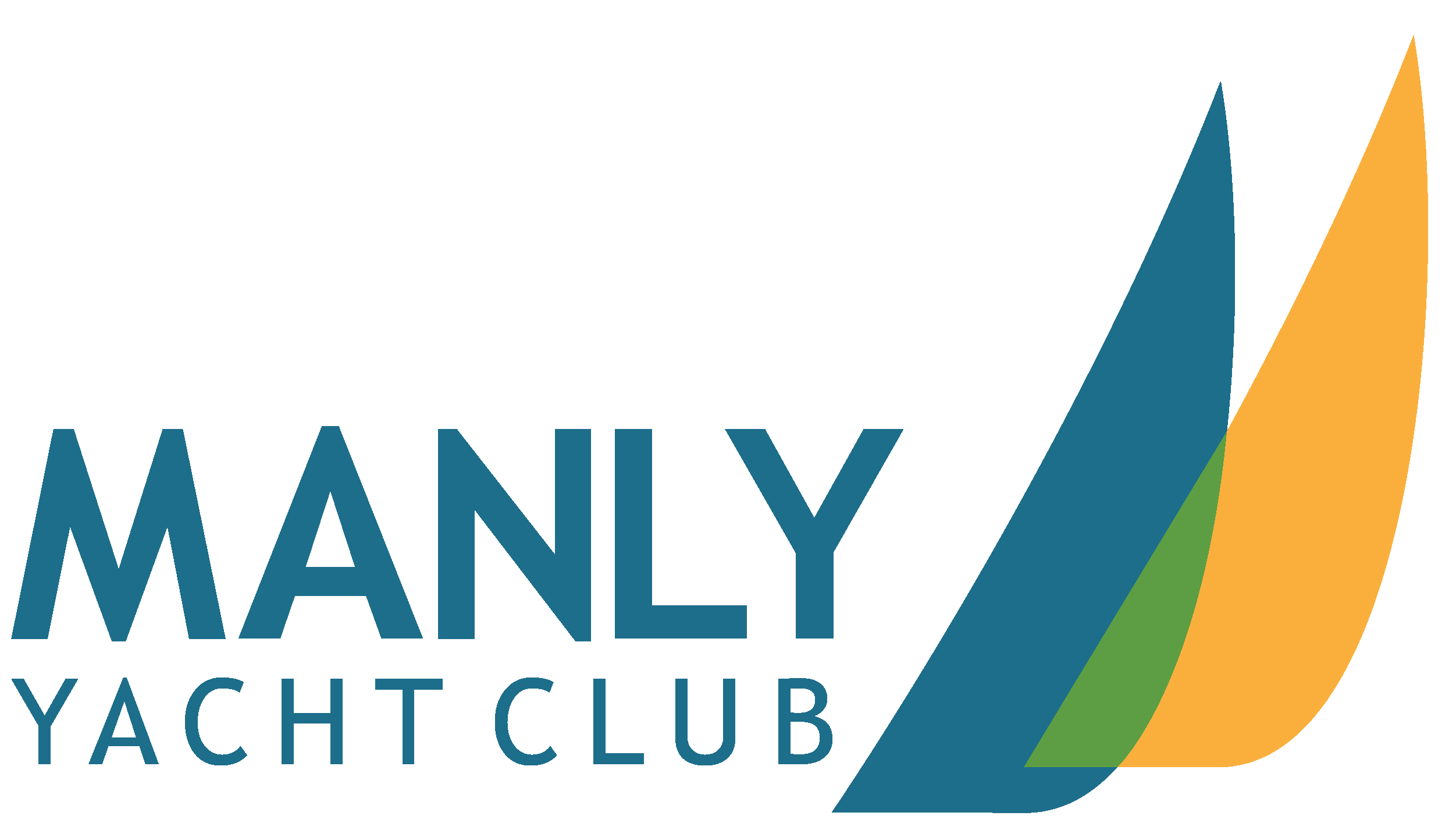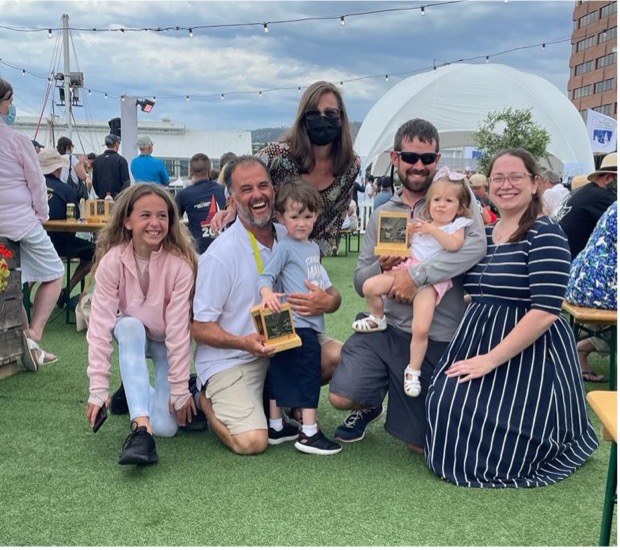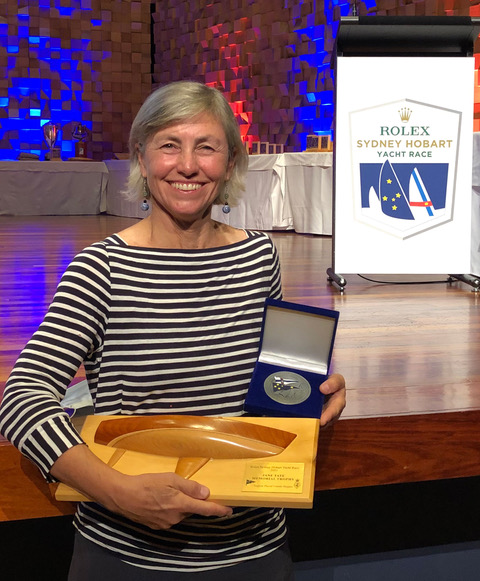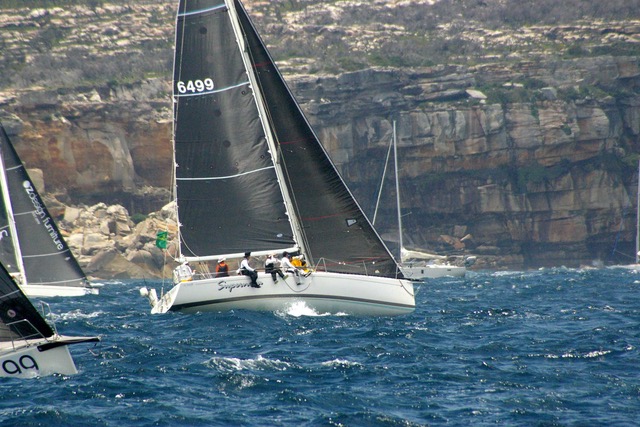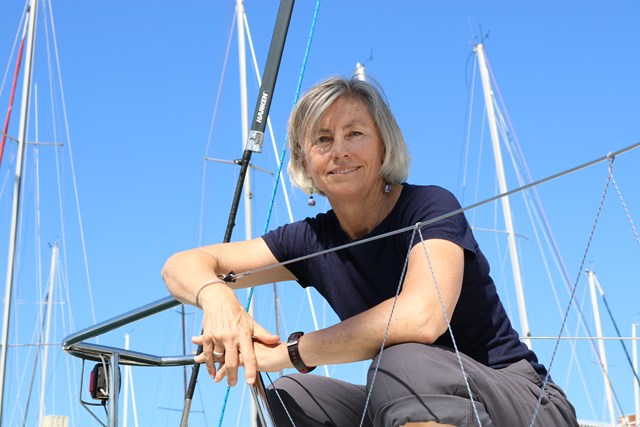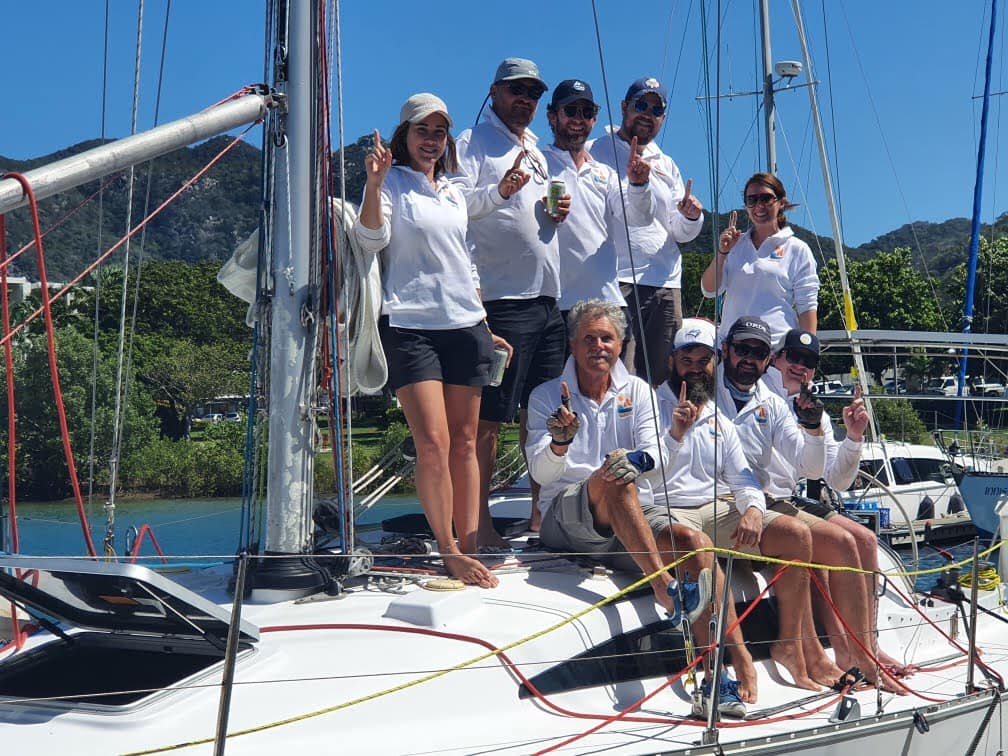Keep an eye on the telltales: The telltales are the small strips of ribbon or yarn attached to the sail. They show the direction of the wind relative to the sail. By keeping an eye on the telltales, you can adjust the sail trim to keep the wind flowing smoothly over the sail.
Use the sheet: The sheet is the line that controls the sail’s angle relative to the wind. You can adjust the sheet to control the amount of power in the sail. As a general rule, you want to trim the sail in as tight as possible without causing excessive turbulence in the wind.
Watch for luffing: Luffing is when the sail flaps and loses power due to too much wind pressure or an incorrect sail trim. Keep an eye on the sail to make sure it’s not luffing excessively, and adjust the trim to keep the sail powered up and efficient.
Adjust the halyard tension: The halyard is the line that controls the height of the sail. You can adjust the halyard tension to fine-tune the sail shape and optimise performance. A tighter halyard will flatten the sail and reduce power, while a looser halyard will allow the sail to fuller and generate more power.
Work with your team: Trimming a headsail is a team effort. Communicate with your team to make sure everyone is on the same page and working together to achieve the best possible sail trim. Make small adjustments and pay attention to how the sail responds, and don’t be afraid to experiment to find the optimal trim for your boat and conditions.
